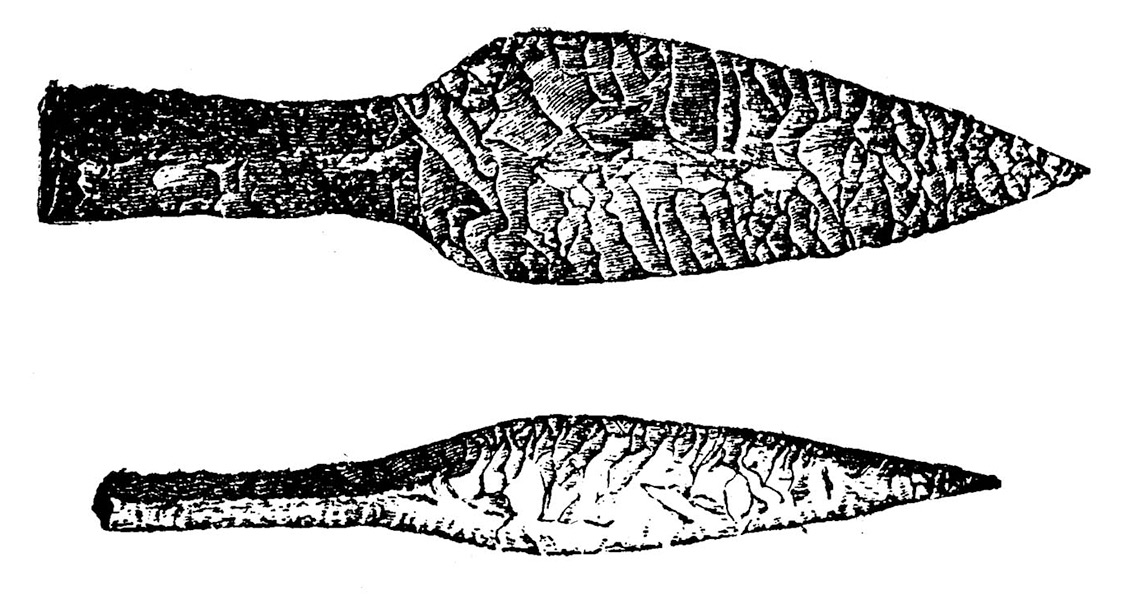<![CDATA[More than twenty spear points dated to around 50,000 years in the past have been discovered in a cave in northeastern Spain. Teixoneres Cave, in the municipality of Moià, may be the most plentiful archaeological site of its kind in all of Catalonia when it comes to the number of these spear points. Thought to have been left behind by Neanderthals that had settled in the region in order to hunt, these points show evidence of impacts with hard surfaces consistent with striking the bones of prey animals, according to researchers from the Institut Català de Paleoecologia Humana I Evolució Social (IPHES). The organization and the local municipality have entered into an agreement in the wake of the discovery in order to promote outreach, teaching and research. There are high hopes that this agreement will help to strengthen the field of archaeology in the realm of uncovering the region’s cultural heritage, possibly paving the way for additional, more in-depth studies both in Catalonia and throughout the Iberian Peninsula. The types of prey animals the Neanderthals hunted at the time seem to have been rather diverse, according to surveys of the cave surface. In fact, instead of focusing on specific types of prey, these Neanderthals left the bones of several species scattered about such as rabbits, goats, roe deer, red deer, aurochs and horses. The remains show telltale marks of being butchered and then subsequently cooked over a fire before being eaten. This evidence, as gathered by IPHES, shows that the cave’s occupational dynamics evolved significantly over time. The excavations of the cave floor showed that Neanderthals were only occasional occupants and that the majority of the time it was used by large carnivores as a den. Supporting this hypothesis are differences in the archaeological record, with the traveling Neanderthals leaving behind traces of sandstone, chert and other exogenous sediments mixed in with the more common quartz that’s found in the neighborhood of the cave. During the same archaeological dig that IPHES conducted at Teixoneres Cave – the culmination of more than ten years of information gathering in Catalonia by the organization - investigations into nearby Toll Cave were conducted by IPHES archaeologists and paleoecologists. Toll Cave has a well-earned reputation for having a large number of cave bear remains, something that was upheld during the latest round of excavations. Around 300 cave bear remains were discovered, dating back to the same period of time as the spear point find. These animals may have even been competing with local Neanderthals for the caves in the area, though there has been no hard evidence to indicate that these cave bears came into direct contact with these early human ancestors. The remains of one such bear, nicknamed “Pyros” by researchers after the oldest known bear to ever be found in the Pyrenees, was found nearly intact, complete with skull and several of the bear’s limb bones as well. ]]>
50,000 Year Old Spear Points Found in Spanish Cave
